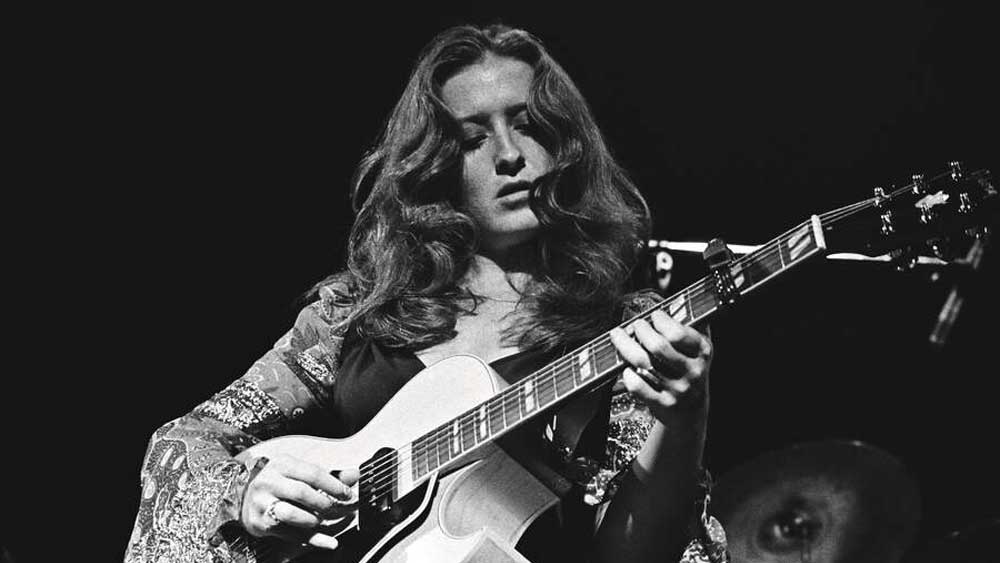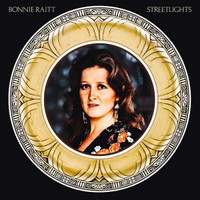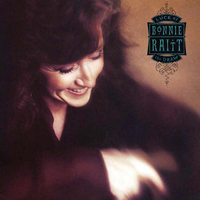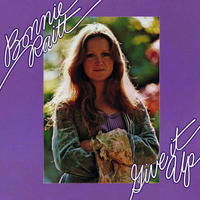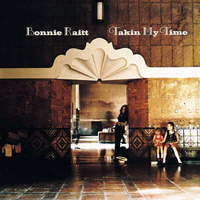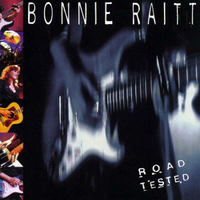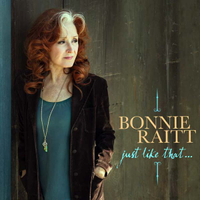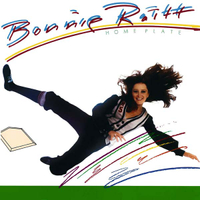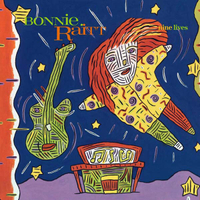“I’m always on a song hunt,” Bonnie Raitt told Classic Rock in 2022.
With her keen ear, adventurous spirit and serious gift for interpretation, the flame-haired artist has spent the past five decades inhabiting the songs of contemporary writers such as Joni Mitchell, Bob Dylan, Richard Thompson and John Hiatt, alongside old blues masters like Willie Dixon and Mississippi Fred McDowell.
“I don’t really have a way to say what makes a song perfect for me,” Raitt says. “Part of it is looking for something that I haven’t done before. And I love all the cross-pollenisation of styles. That’s where the thrill is.”
Born in 1949, Raitt grew up in a family that was tuned in to great songs. Her mother was a professional pianist. Her father was a celebrated Broadway star, who created iconic roles in Carousel and Oklahoma! When Bonnie was eight, she got a Stella guitar for Christmas and was hooked.
By the time she was a student at Harvard in the late 1960s, her talent for playing folk and blues music was intertwined with a major in social relations and African studies, plus an immersion in counter-culture politics. She dropped out in her third year, and began opening shows for artists such as Muddy Waters, Son House and John Lee Hooker.
“They all became personal friends of mine,” Raitt says of the classic blues singers. “But they’ve been passing away since I’ve been in my twenties. It’s like losing a whole slew of relatives that you got very close to. But it makes me even more grateful to be able to continue the tradition. There are times in my shows where my vibrato or a lick will feel like I’m channeling Fred McDowell or Lowell George, two other friends I lost a long time ago. They’re right there with me.”
Fittingly for a musician steeped in the blues, Raitt’s five-decade, twenty-one-album career has had many commercial peaks and valleys, through seasons of alcohol abuse and depression. She’s survived it all with grace and grit, and continues to trust in the music to lead her on.
“I was never constrained by whether or not I’d have a hit record,” she says. “I never wanted to be in that race. And I’m really glad we aren’t put in a box any more, and we can just breathe and be album artists again. For me, the excitement of mixing R&B, rock’n’roll, country and blues, that’s what’s always appealed to me.”

...and one to avoid
You can trust Louder Our experienced team has worked for some of the biggest brands in music. From testing headphones to reviewing albums, our experts aim to create reviews you can trust. Find out more about how we review.
